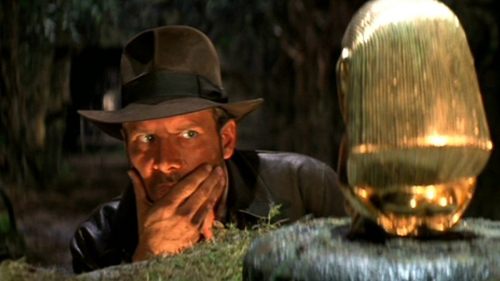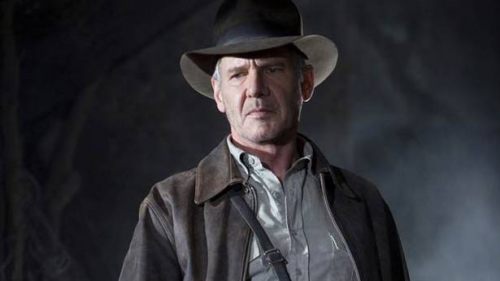THE CALL OF THE WILD Review: In The Digital Doghouse
Jack London’s novel The Call of the Wild is always a strange beast to adapt to film. After all, the main character is a dog in a realistic setting, with most of his character growth happening internally and separate from the human characters who influence him, so the question for any filmmaker is going to be how to convey that journey without the benefit of readily apparent body language or speech. The solution proposed by 20th Century Studios’ version is to do away with using actual dogs, instead relegating dog-acting duties to a team of computer animators and the motion capture performance of Terry Notary, probably best known for playing Kong in Kong: Skull Island and Rocket in War for the Planet of the Apes. If you’ve seen any advertising for the film, you already know whether the main dog Buck’s admittedly cute design works for you or not, but what’s not as obvious from the advertising is how disjointed this choice to use animation makes the rest of the film.
Save for some major deviations from the source material in the third act to remove some of the more racist parts of the climax, the story largely remains intact as an episodic tale of Buck’s dognapping from a life of comfort and luxury in the continental United States to an unwitting life of servitude as a sled dog in the Alaskan Yukon. This journey forces Buck to rediscover latent animal instincts that not only enable him to survive his new wilderness surroundings, but allow him to thrive and find within himself a whole new world of possibilities beyond the creature comforts and cruel abuses that humanity can provide him.
He learns the importance of teamwork and the ability to lead while part of a pack of sled dogs for a couple of mail carriers (Omar Sy and Cara Gee). He discovers the depths of human greed and cruelty in a pair of gold-crazed prospectors (Dan Stevens, giddily ludicrous, and Karen Gillan, woefully sidelined). Finally, he finds real friendship in the company of John Thornton, whom Harrison Ford plays with the weepy and weary conviction of a man who has lost too much and needs the companionship of an animal just as much as that animal needs him.
Less convincing, however, is Ford’s line reading as narrator, which continues a sacred tradition of bored sound booth exposition. This voiceover is an obvious crutch for moments that the filmmakers probably felt were too subtle or inadequately conveyed to the family audience this film is aiming for, but it mostly comes across as condescending and unnecessary, especially when contrasted against some great shot composition and the personification of Buck’s animal spirit as a black wolf that only he can see. There’s a distinct lack of faith in the material as presented, which might actually be justified when you consider how the film just can’t seem to find its tonal footing.
There’s just no getting around how the use of computer-generated animals colors the whole proceeding. The insertion of humanistic expression on canine faces is cartoonish at best and unsettling at worst, and it stands in stark contrast to the humans who have been composited into the transparently digital landscapes. The film can’t quite decide whether it wants to be a silly animated dog movie, complete with gravity-defying slapstick shenanigans, or whether it wants to hold true to the thematic gravity of its source material, exploring the depths of Buck’s transformation from house pet to untamed adventurer. The consequence of that indecision is that it doesn’t fully succeed at either, living in this milquetoast no man’s land between realism and whimsy.
I probably sound harsher on The Call of the Wild than it deserves. For all its faults, it’s still a nominally entertaining family film that parents can reasonably enjoy with their offspring. It speaks to the strength of London’s original story that it can survive the kind of adaptation that shoehorns frivolity into it, and it speaks to the strengths of this adaptation that it knows and understands its source material in spite of what it knowingly dogpiles on top of it. But it ultimately can’t find much more of a reason to be beyond the classicism of the story and the visual appeal of cartoon dogs. It’s just a shame that the two don’t quite mix.



